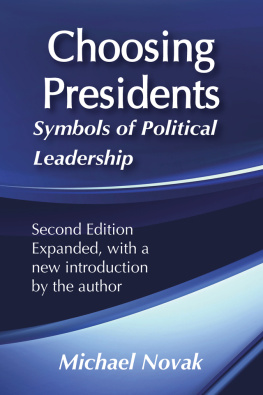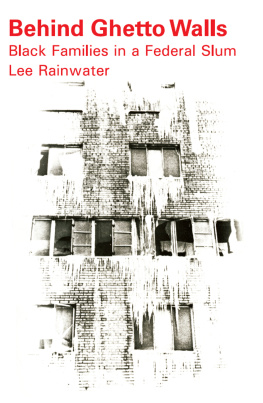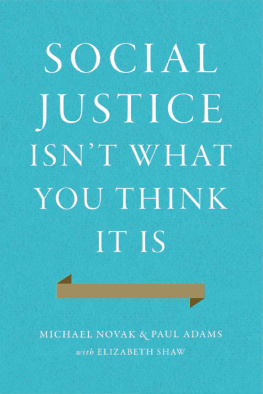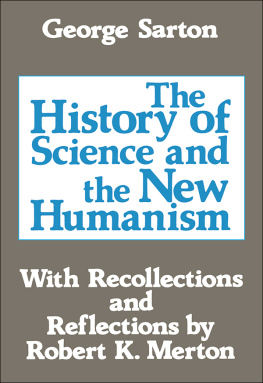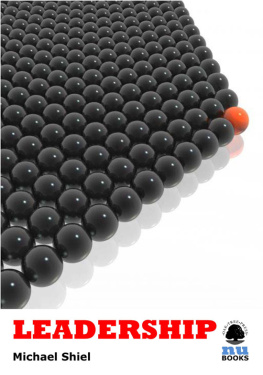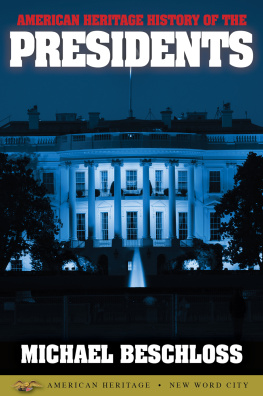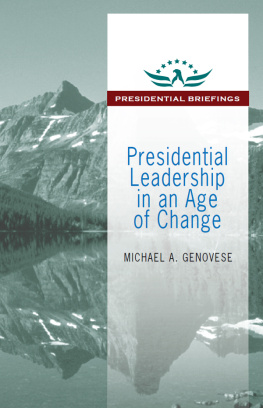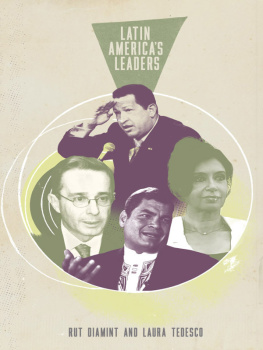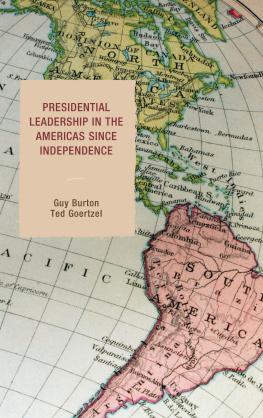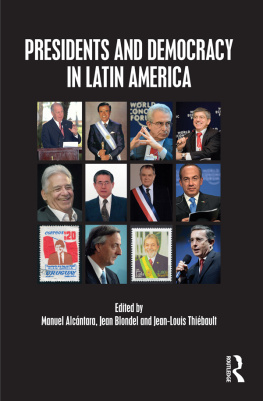Originally published in 1974 by Macmillan Publishing Co., Inc.
Published 1992 by Transaction Publishers
Published 2017 by Routledge
2 Park Square, Milton Park, Abingdon, Oxon OX14 4RN
711 Third Avenue, New York, NY 10017, USA
Routledge is an imprint of the Taylor & Francis Group, an informa business
New material this edition copyright 1992 by Taylor & Francis
All rights reserved. No part of this book may be reprinted or reproduced or utilised in any form or by any electronic, mechanical, or other means, now known or hereafter invented, including photocopying and recording, or in any information storage or retrieval system, without permission in writing from the publishers.
Notice:
Product or corporate names may be trademarks or registered trademarks, and are used only for identification and explanation without intent to infringe.
Library of Congress Catalog Number: 91-17280
Library of Congress Cataloging-in-Publication Data
Novak, Michael.
Choosing presidents: symbols of political leadership/Michael Novak, with a new introduction by the author.
p. cm.
Rev.ed. of: Choosing our king, 1974.
Includes bibliographical references and index.
ISBN 1-56000-567-X
1. PresidentsUnited StatesElection1972. 2. PresidentsUnited States. 3. Symbolism. 4. National characteristics, American. I. Novak, Michael. Choosing our king. II. Title.
JK526 1972.N68 1991
324.973'0924dc20
9117280
CIP
ISBN 13: 978-1-56000-567-4 (pbk)
I began with two convictions: that the presidency is the nation's most central religious symbol, and that American civilization is best understood as a set of secular religious systems.
Choosing our King, 1974
Ever since childhood, presidential elections have stood out in my memory above the flux of public events. Elections are great public liturgies; they stamp imagination. My childhood was spent under Franklin Delano Roosevelt, and my first campaign memory (I was seven) is of bright blue Wendell Willkie buttons in the school yard in 1940 and a flurry of competitive excitement. I can't recall whether it was he or Dewey in 1944 who had the button, "We don't like Fala either."
In the fifty-odd years since then, presidential elections have become no less important. The distinctive symbolic weight each new incumbent has imparted to that office is remarkable; the names Truman, Eisenhower, Kennedy, Johnson, Nixon, Carter, and Reagan still stir passion. Each man really did give special color to an era, and even Gerald Ford who served but two years brought peace to a troubled nation, just in time for the moving bicentennial celebration of 1976.
Thus, the hypothesis that the American presidency is the most dramatic expression of our nation's "civil religion" has received further confirmation in the four elections since the book's appearance. A few words may serve to add those years to the perspective of this book. In the Afterword, new materials have been added to cover the Carter presidency and the Bush-Dukakis election in 1988. To complement these, I will give more space here to the Reagan years.
Since Choosing Our King appeared in 1974 its argument has demonstrated at ieast a little predictive power. Once an observer discerns how well the two nominees of their respective parties speak the five major symbolic languages of the nation, and which of the two candidates better personifies the nation's sense of itself, the likely outcome also looms into view. For example, the "civil religion" of American evangelicals, I had noted in 1974, must one day become visible and give us a new set of public symbols for presidential use. It did so through Jimmy Carter two years later.
In 1975, I wrote a piece suggesting that Jimmy Carter, then at barely 1 percent in the national polls, might well seize the Democratic nomination ("Can a Protestant be Elected President?" The Christian Century). A little later, in April of 1976, before Carter was nominated and elected, I described for the Washington Post how his special "civil religion" would likely affect a Carter presidency. Evangelicals are a huge bloc of Americans whom our highly educated elites keep misplacing, and by April 1976, journalists were scrambling to "rediscover" them yet again. Reprinted here in an Afterword, this essay offered a predictive forecast of Jimmy Carter's strengths and weaknesses over the next four years.
In 1980, using other symbolic materials, I came to believe that Ronald Reagan would show greater strength than George Bush in the nominating process and, to the surprise of most others too, would soundly defeat Carter in November.
As readers of the original edition will know, I had worked for George McGovern after mid-July 1972 as a paid staff member of his Washington headquarters. At headquarters (1776 K St.) I didn't see much of the candidate, whose pursuit of the nomination I had followed on the campaign trail as a reporter and student of the presidency. During my first weeks on the job, after his nomination, my contributions to Senator McGovern's campaign were mainly three: trying to give it a focus on Catholic ethnic voters; writing one speech for the nominee to give at a Catholic high school in Chicago, whose delivery several highly placed campaign officials tried to block right up until the final hour; and writing (under the name "George McGovern") a newspaper op-ed piece arguing that security of life and limb is "the first of all civil rights," and that a war on crime, far from being divisive, would unite persons of all races who currently lived in fear of their physical safety.
From mid-August on, vice-presidential candidate Sargent Shriver (whose acceptance speech I helped to draft) invited me to accompany him on his campaign plane. We were assigned the "Catholic ethnic cities," doing tour after tour of Philadelphia, New York City, Buffalo, Pittsburgh, Detroit, Cleveland, Akron, Chicago, and Minneapolis-St. Paul, with forays to many other locations (often Hispanic) thrown in. We often made three different cities and seven or eight appearances each day.
I learned to love both men-"Sarge" Shriver and George McGovern-a great deal. But the particular ideological and symbolic color that McGovern's staff gave to the Democratic Party seemed to me a sad mistake. I was then developing an allergy to the left wing of the party, which has not been cured since. With some difficulty I have remained a Democrat, while watching with sorrow the abdication by Democrats of most of the classic principles and understandings of the Democratic Party of my youth. The party has more left me, I think, than I it.
In any case, the ground that the Democratic Party was giving up during the 1970s, not only regarding foreign policy but also regarding the principles of individual opportunity and individual merit, was easily occupied by a new sort of Republican. These were Republicans who had broken with the Republican Old Guard, Republicans who thought and felt and acted like the Democrats of yore. These new Republicans could plausibly be called "conservatives" (if only as foils to "liberals"), but they could by no stretch of the imagination be called Tories, Establishment Republicans, Isolationists, or "Green-eyeshade Republicans" (constantly worried about balanced budgets). In style, the most captivating among them was Jack Kemp, then-Congressman from New York and a leader in the House. Kemp, in turn, seemed to capture the imagination of Ronald Reagan, former Governor of California. With both were a flock of Young Turks in the Congress ("the new right" as balance to "the new left" of the 1960s) among whom were Newt Gingrich and Vin Weber, joined by such older men of combat and initiative as Henry Hyde.


